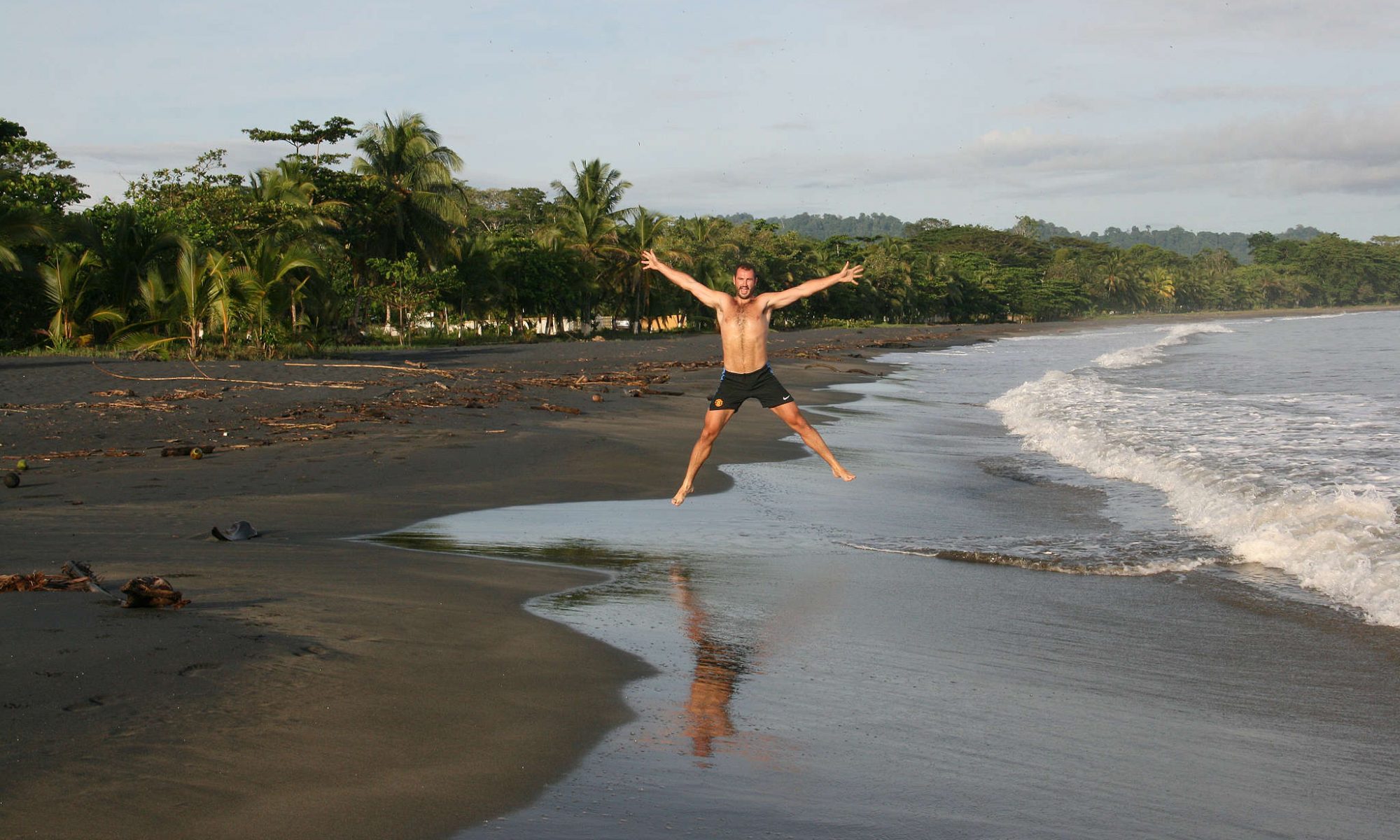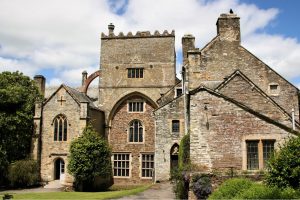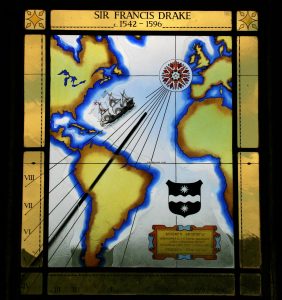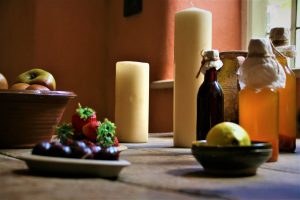I’m very lucky that I get to travel with my work around this wonderful county. Today was no exception as my work took me to West Devon and the town of Tavistock. Upon my arrival I was greeted by a roundabout in the centre of which was a statue. Closer inspection revealed it was of Sir Francis Drake. This name is known to many and will feature greatly in up and coming blogs. It is believed that he was born near to this town. The statue looks straight down the street that leads to this well-established town. I’m informed that it is or was a stannary town and a visit to the museum would have explained all that this, but time was at a premium!! It has something to do with tin.

A whistle-stop tour of St. Eustachius church (who was St. Eustachius?) Never heard of a church called this but it gave sight of beautiful stained glass and ancient, Tudor, tombs to Fitz and Glanville. It was evident to be a place that hosted concerts more than religious gatherings but maybe it was just that time of the year?? Exon Singers were due to perform a number of events; if I had stayed all day I would have been blessed with a rendition of Handel’s Messiah.

After leaving the church and crossing Bedford Square the town hall is encountered. Between this impressive building and the guard house sits the Pannier market, a great combination of knick knack stalls and coffee shops/eating places surrounding the market area. First thing in the morning barely a person disturbs this area, but visiting at lunchtime, this had become a hub of activity.

Tavistock town is an architectural gem; it provided a quirky shopping experience for those with me but my best time was spent at the river Tavy that flows adjacent to the town. There are a set of falls which, with a road carrying, stone, bridge behind them, are most impressive. I perhaps could have sat there all day but being so close to Dartmoor National Park its seemed silly not to tie in a visit here as well.




